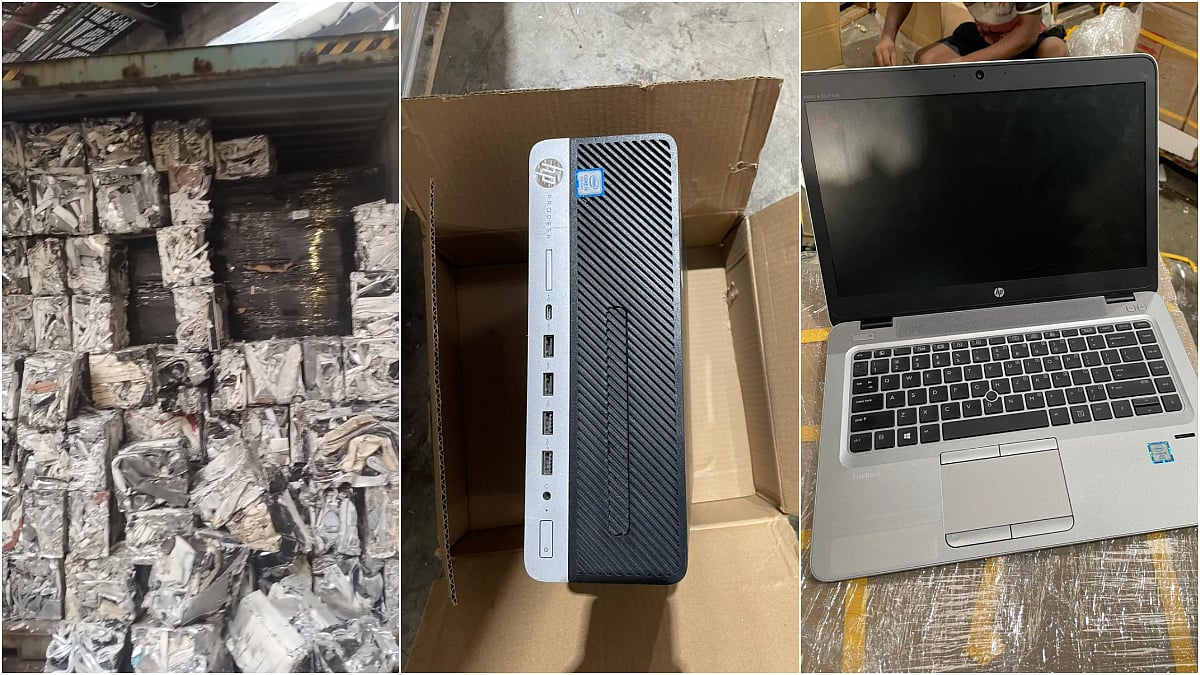CaratLane first started 15 years ago as an online business to sell solitaires. 2008 was a time before Amazon set up in India. Flipkart, too, had only just started their business in India and here, Mithun Sacheti and Srinivasa Gopalan, the co-founders, aimed to sell solitaires online.
“While the founders had a compelling proposition in terms of price and positioning,” Atul Sinha, COO of CaratLane, tells us, “selling solitaires was limiting their opportunity in the market.” When it comes to jewels, the real differentiation comes with jewellery design, or else, solitaires backed by the same certifications and features become indistinguishable from one another and end up competing for price.
About a year or two later, the brand got into jewellery. They saw an opportunity in the market, marked by the changing lifestyles of Indian consumers. New-age, modern brands were stepping into the country and influencing people’s fashion, food and lifestyle choices. But in jewellery, most brands available in the market still focus on gold and more traditional designs.
Taking A Digital-First Business Offline
Their niche was diamond jewellery with modern designs and they saw massive potential. Consumers when making sentimental and big purchase decisions look to brands they trust. And building that trust was a hurdle for a new-age, digital-only brand. “Early adopters of digital mediums would come to the website and browse designs. Some would even buy. But many would stop after having added an item to their cart.” Sinha explains that when a customer adds an item to the cart, it shows high intent and desire for the product. But much of the feedback was that since it is jewellery, they would like to first try it on and see how it looks.
To enable the need to try on jewellery, CaratLane opened up stores where customers hesitating to buy online, could come in, try their jewellery and buy it; as “having a physical store is a powerful way for customers to build trust.” But right before their ‘try and buy offering’ came their digital-display-only physical stores. To showcase their large catalogue of products and designs, they thought it would be a good idea to have digital displays of jewellery and their stores didn’t have any physical inventory.
“The truth is the customers hated it. When someone makes the effort to travel to your store and all you show them is a digital display, it creates more resentment towards the brand rather than the positive experience we hoped it would.”
But, like any successful venture, they took negative feedback in their stride to build a better experience. Apart from physical inventory in all stores, they also have a ‘try at home’ service where customers can pick designs and have them brought to their homes to try. “We are still digitally first, but today we've gotten to a space where we are truly omnichannel for our customers.”
The Journey To Building Trust
Often, the customer journey starts online but closes offline — this is the case for about 90% of customers. “The browsing, design discovery, price discovery, desire building, everything happens online.” And the final sale usually happens during a try-at-home session or at one of their 280 stores.
“One thing we’ve been very obsessive about from our very early days is customer experience, both during the time of their transaction and after their transaction.” CaratLane built policies like a 15-day 100% money-back guarantee and they are currently running a flat 100% off on making charges offer. They also do hallmarking and certify all products.
To build trust, Sinha tells us that an important element is how you treat your customers after you have sold the product to them. Good customer service creates the powerful word-of-mouth ripple effect. “If you're able to solve a customer’s problem, not only will they come back, they will also tell multiple friends.”
When Titan acquired a majority stake in CaratLane, the value that Titan’s Tanishq brought to CaratLane in terms of building trust was immense. “The Tata Group has an unquestionable history and background in terms of the trust that they have created.” Today, CaratLane is a fully-owned subsidiary of Titan.
Evolving With The Customer
This year, in preparation for the festive season with Navratri, Karva Chauth and Dhanteras, the brand is launching 400 new designs in the market. They’ve also taken an interesting step into pushing 22-carat gold jewellery. “While we are known for diamond jewellery and it continues to be our primary focus, we have certain key customers that like our design language, but don't want to always buy diamond jewellery.”
Sinha explains how today, people want to look their best on an everyday basis. Social media penetrating our lives and the opportunity for pictures to be taken and shared is an everyday affair. In line with that, and Indian’s affiliation to plain gold jewellery, the brand is also focussing on 22-carat gold designs for modern, everyday wear.
CaratLane’s premise has been making jewellery that you would wear every day and not jewellery that you would keep in your locker and wear only on certain special occasions.
With rising disposable incomes, affordable designs and increasing gifting opportunities, CaratLane is eyeing massive growth. “In the last 10 years, we have grown 22 times on our top line. And in the last five years, our CAGR (compound annual growth rate) is 48%.”










